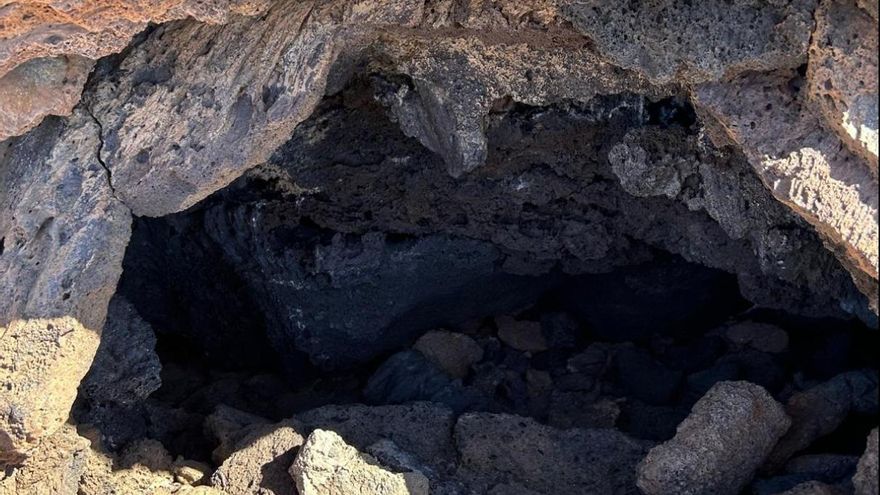
The investigative work undertaken in the Llano de Maja, within Las Cañadas del Teide (Tenerife), aimed at identifying graves of individuals who suffered retaliation under Franco’s regime following the military coup against the Spanish Government in 1936, has concluded without success, as reported by the La Orotava City Council.
This study, funded by the Cabildo of Tenerife, forms part of the numerous accounts connecting the Llano de Maja with the unexplained disappearances during the initial stages of the military uprising.
Several of these accounts refer to the potential existence of a burial site containing the remains of significant political figures from the island, such as Carlos Schwartz, who was the mayor of Santa Cruz de Tenerife at that time.
The principal aim of the project was to verify these oral accounts and identify possible locations that might facilitate a recovery of the remains of those who endured persecution, thereby honouring their sacrifice and that of their families.
Investigation
The La Orotava City Council engaged a multidisciplinary technical team, led by historical memory expert Luana Studer Villazán, who conducted a thorough documentary review and intensive ground surveying.
Among the primary challenges encountered was determining whether the volcanic tubes in the area could have been utilised as concealment sites, as suggested by some accounts.
These geological formations were meticulously examined, taking into account their positioning, accessibility, and historical context. Although sufficient evidence to confirm the presence of graves in the Llano de Maja has not been acquired, the efforts made have resulted in a comprehensive documentation of the area and established a strong basis for future inquiries, according to the statement from the City Council.
Among the potential reasons for the lack of evidence, despite the clarity and prevalence of personal accounts, researchers have identified two main possibilities.
One explanation is that the oral history regarding the Llano de Maja may reflect a distortion of collective memory, a phenomenon noted in other comparable studies.
It is also plausible that access to the potential burial site has been subsequently obscured, as indicated in new testimonies gathered, making its identification challenging or unfeasible.
“Although initial expectations have not been entirely fulfilled, the efforts made enhance collective understanding and reinforce the commitment of institutions to the recovery of historical truth,” emphasises the La Orotava City Council.
















